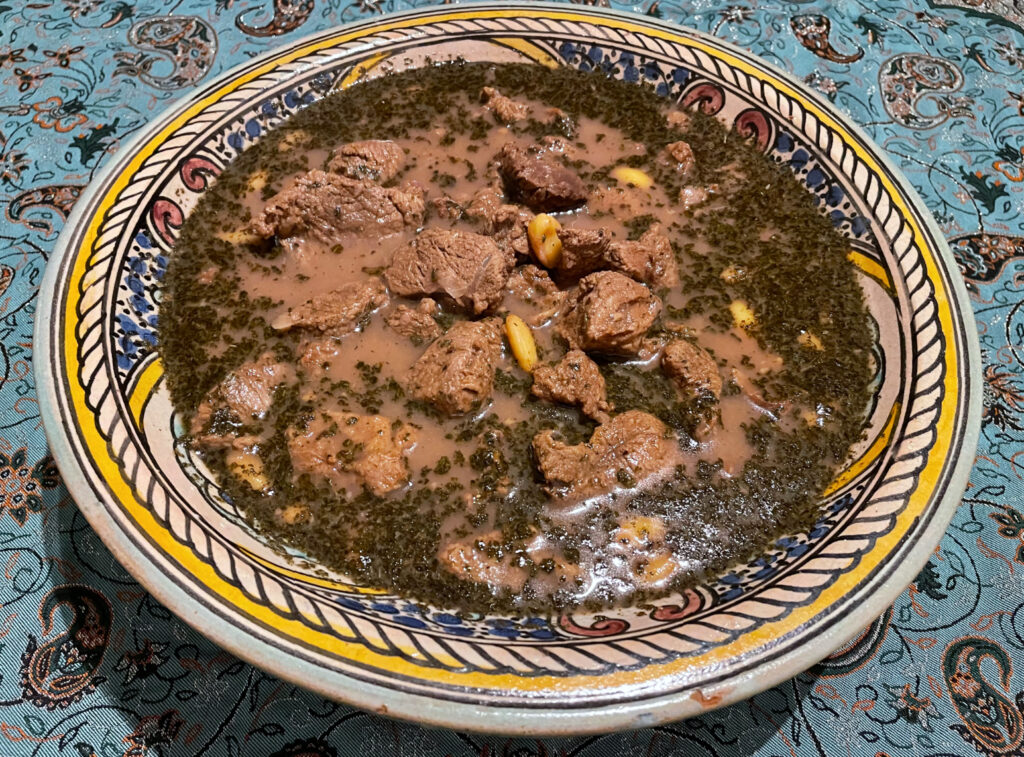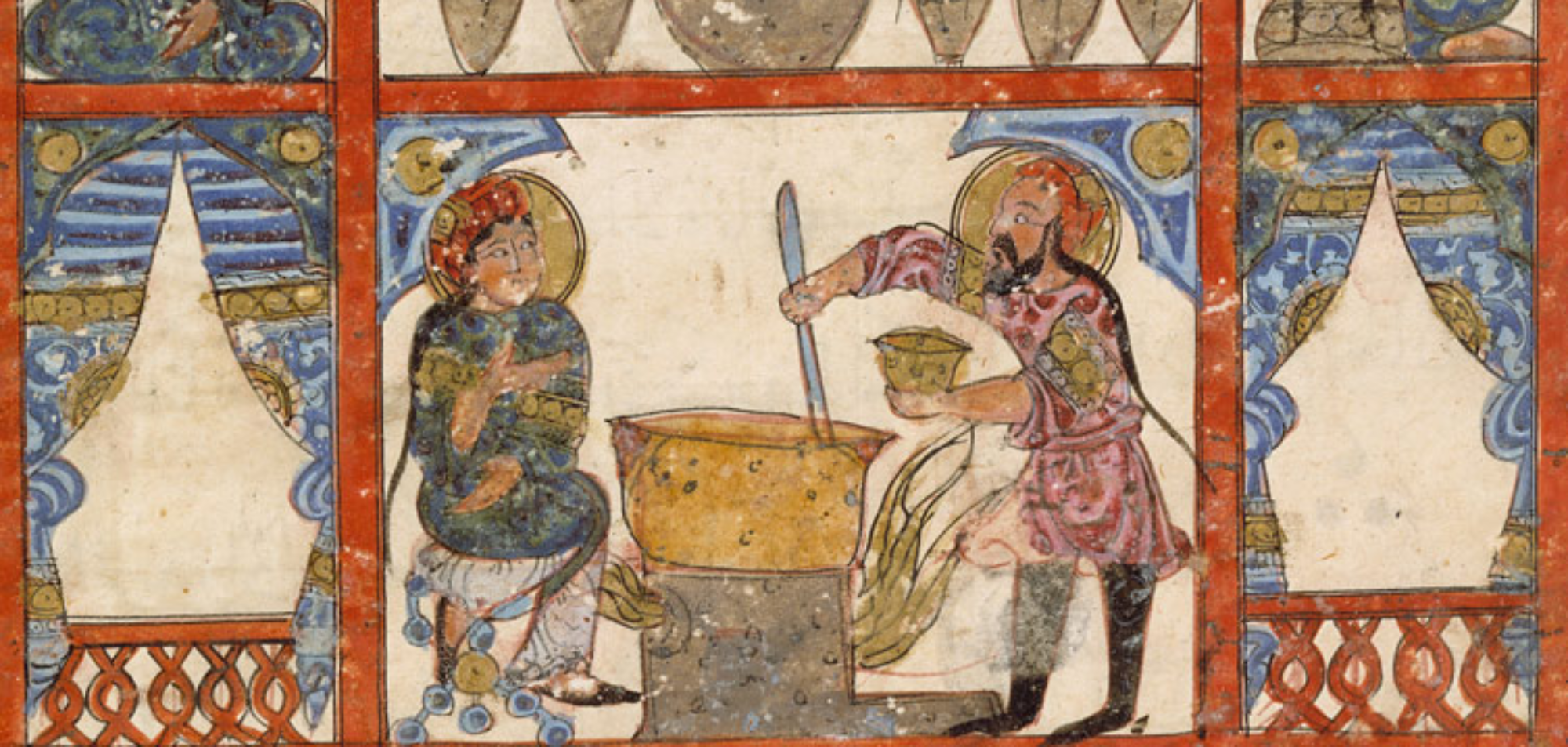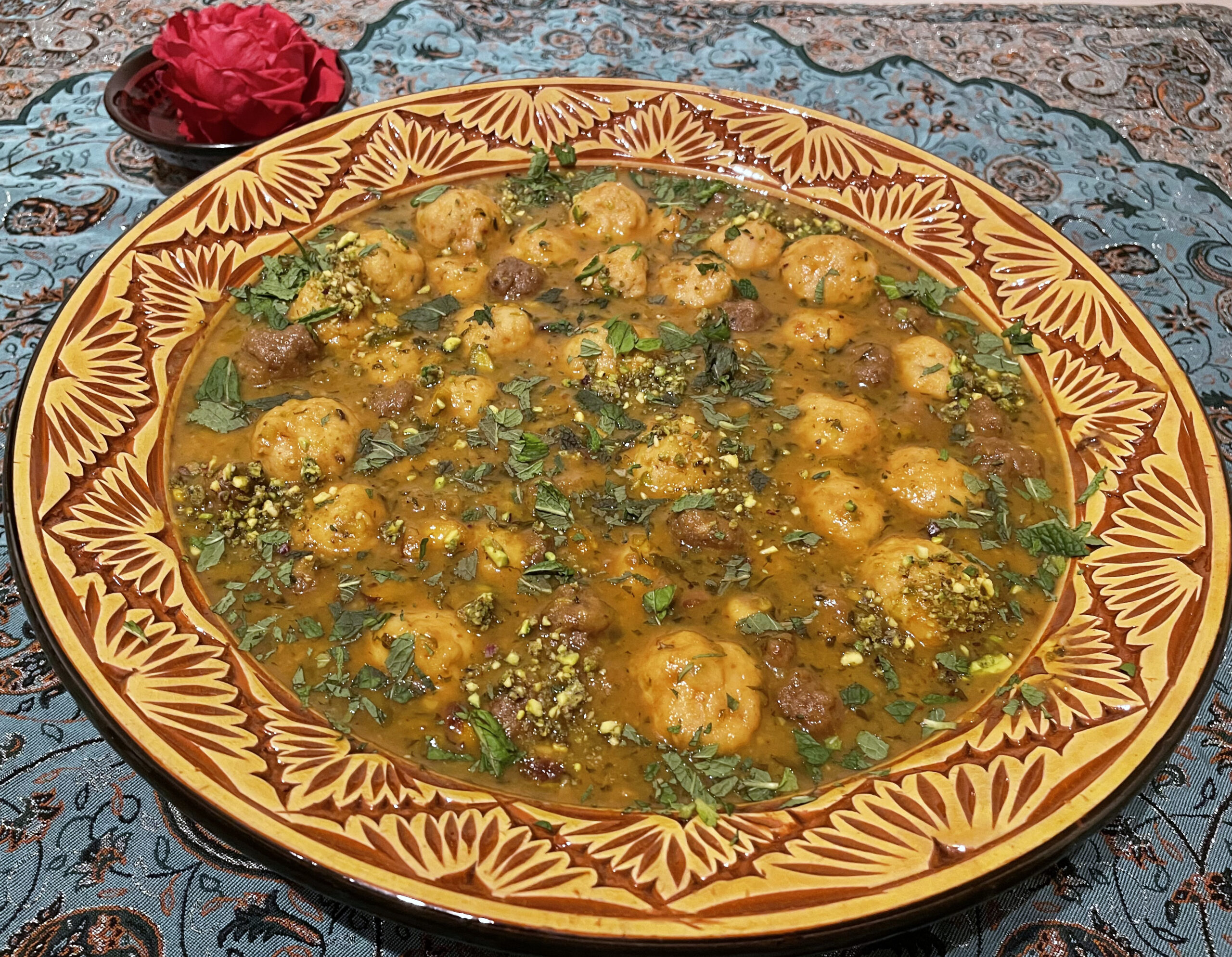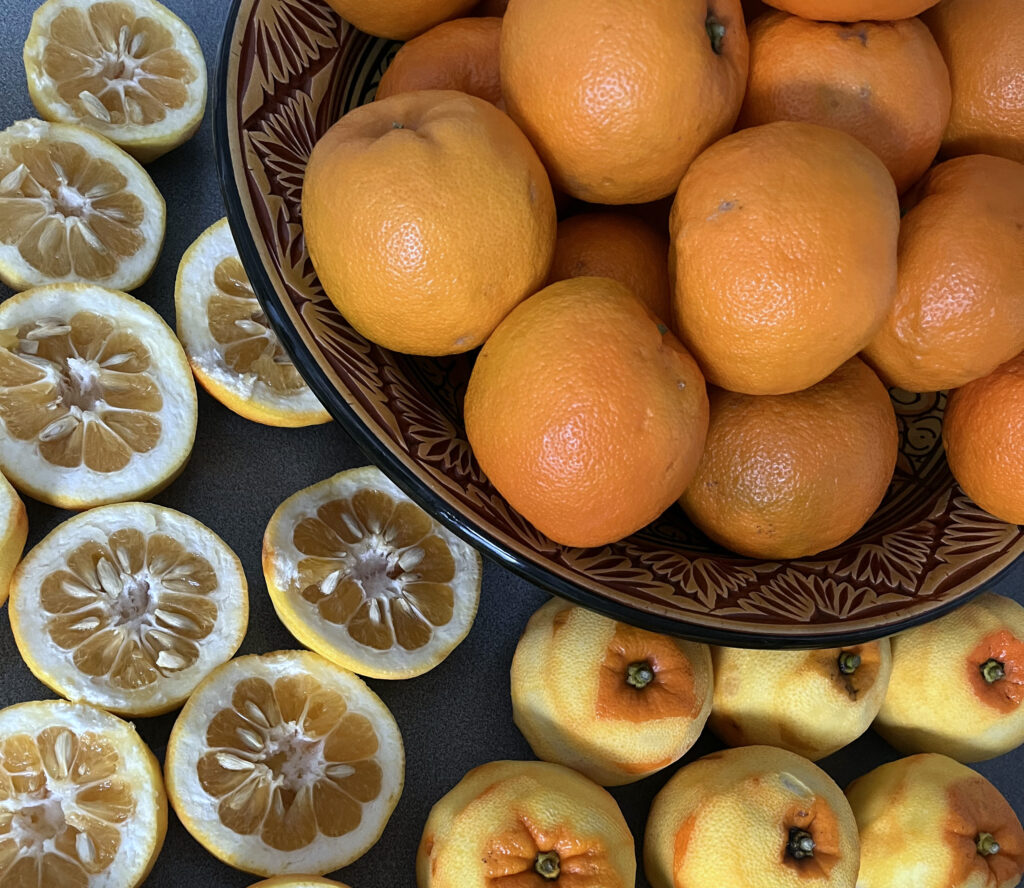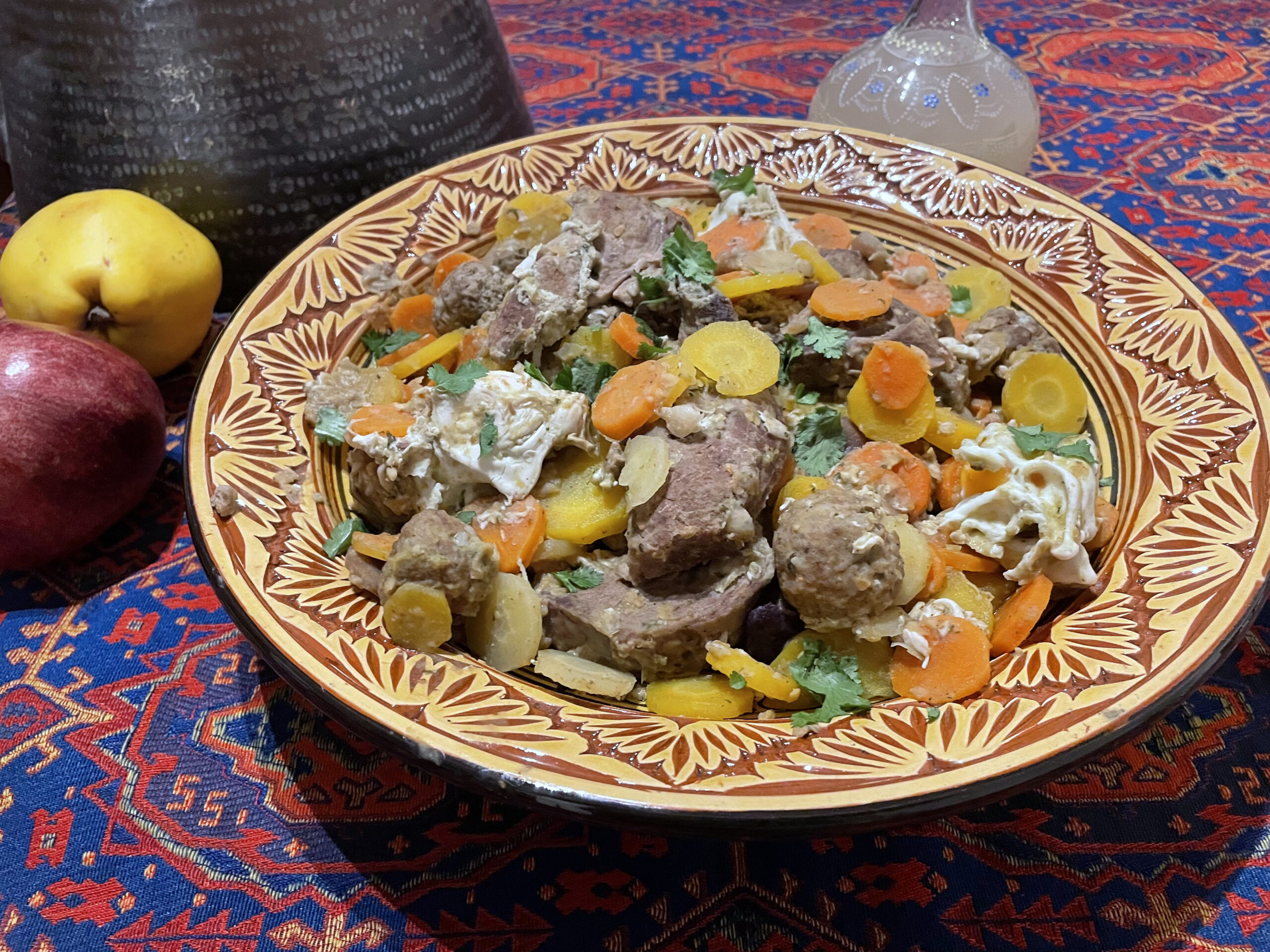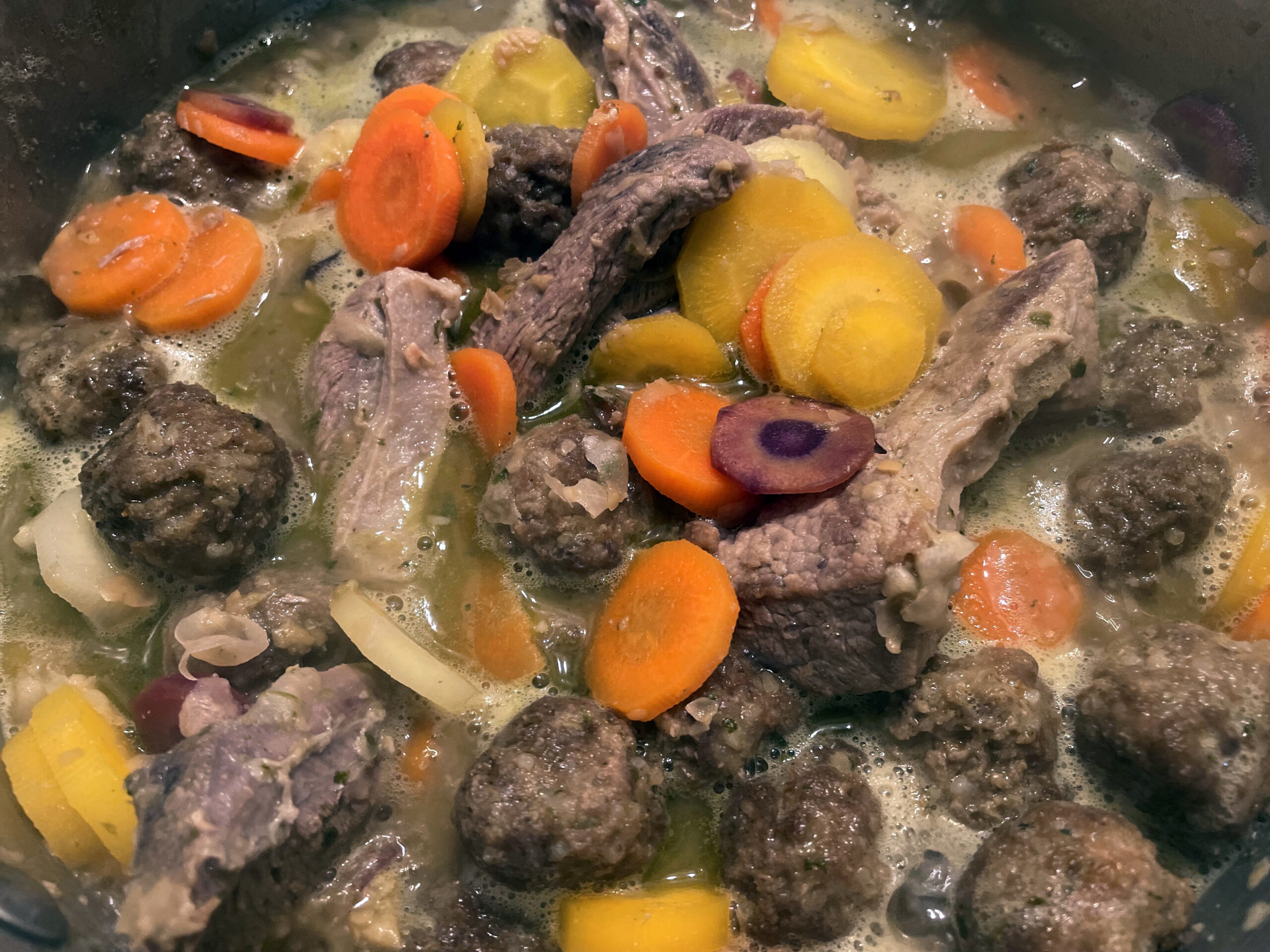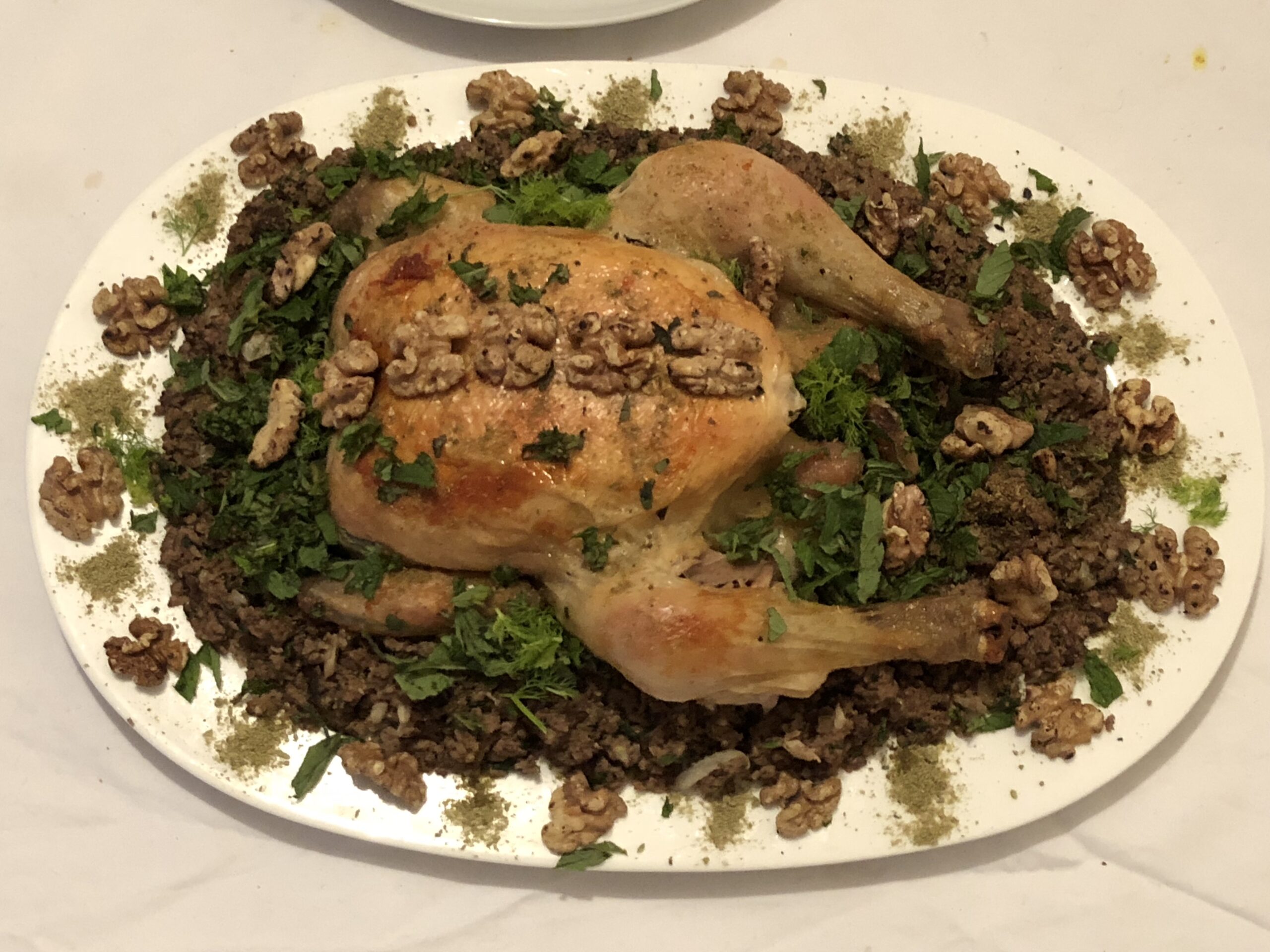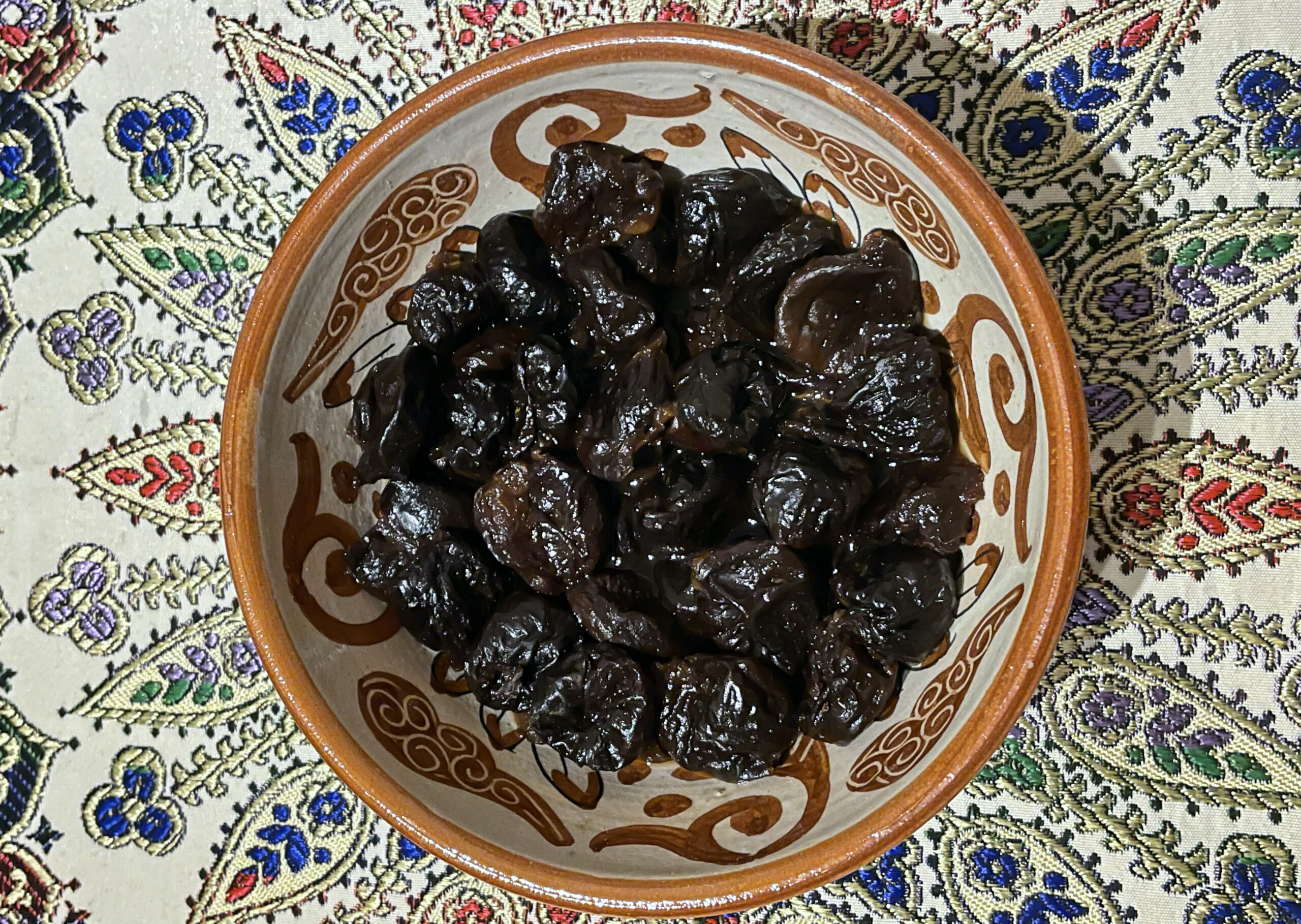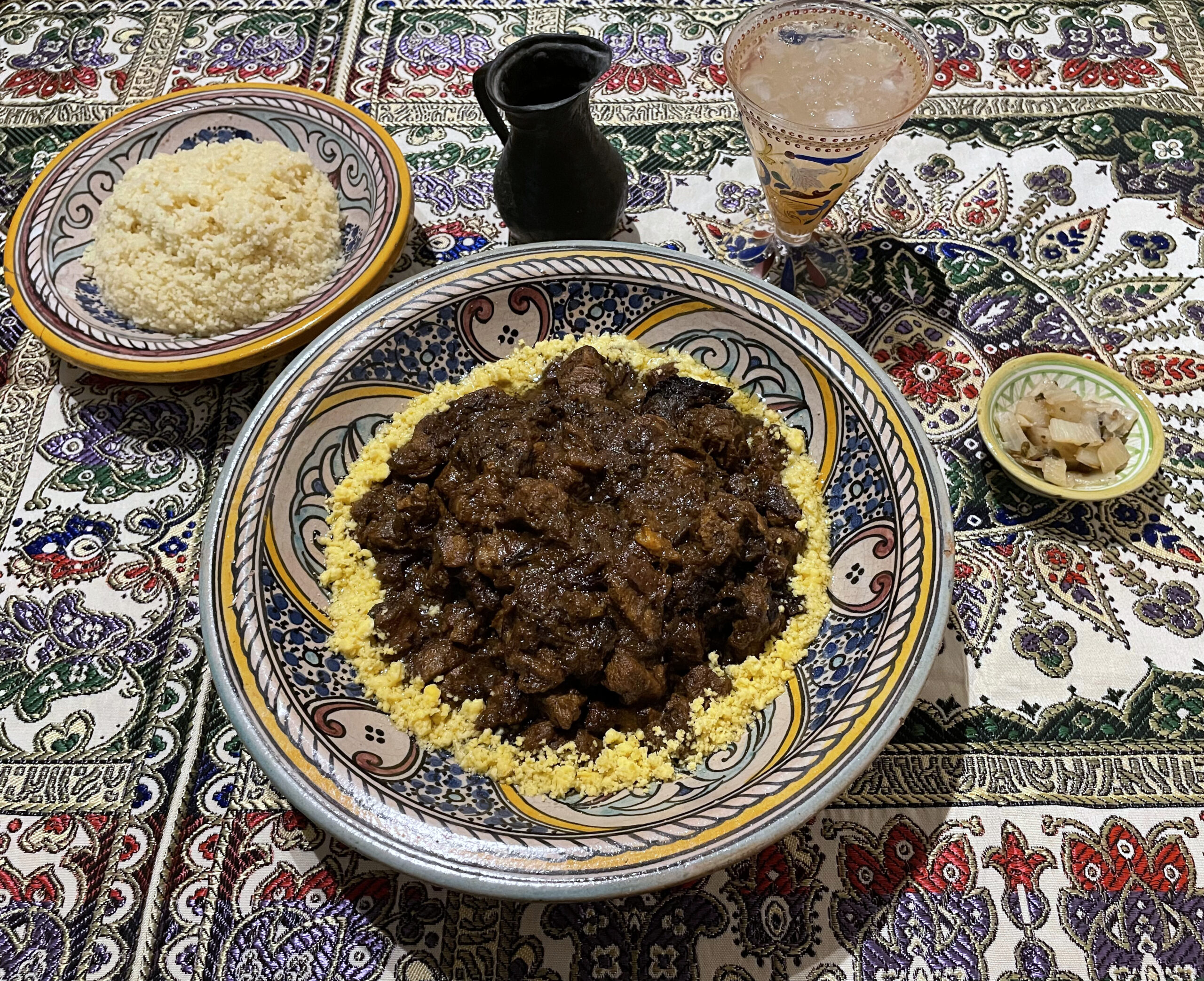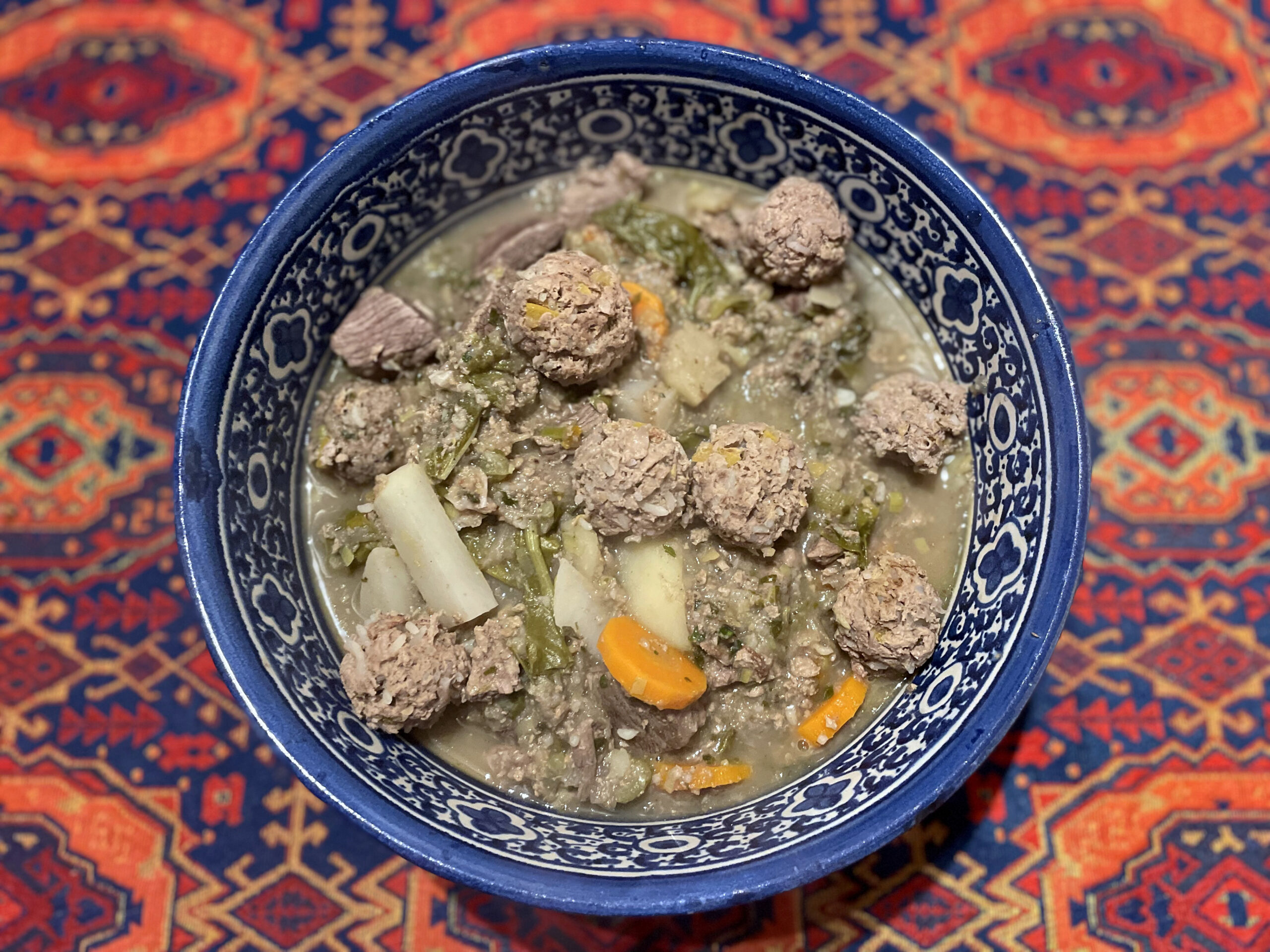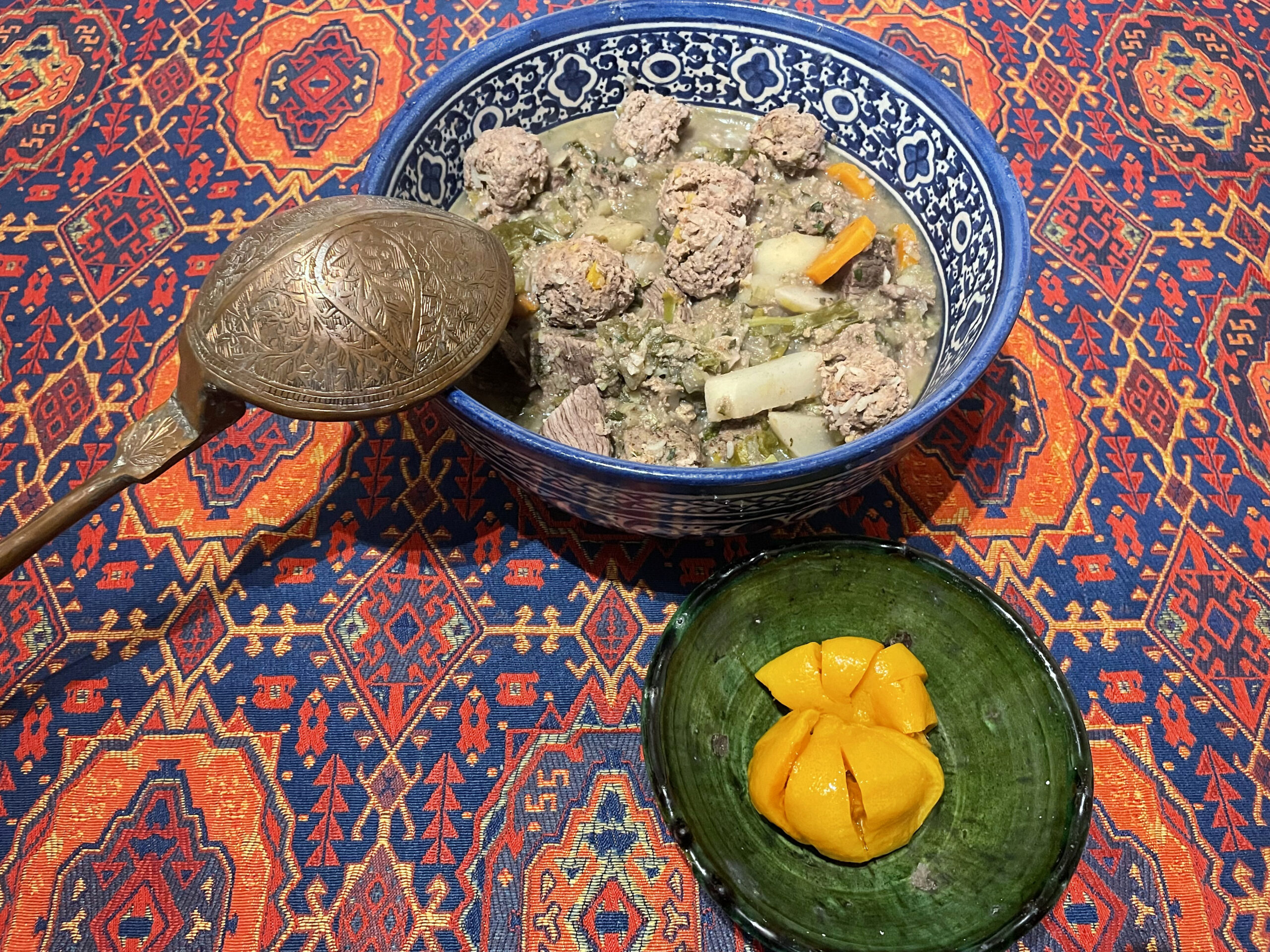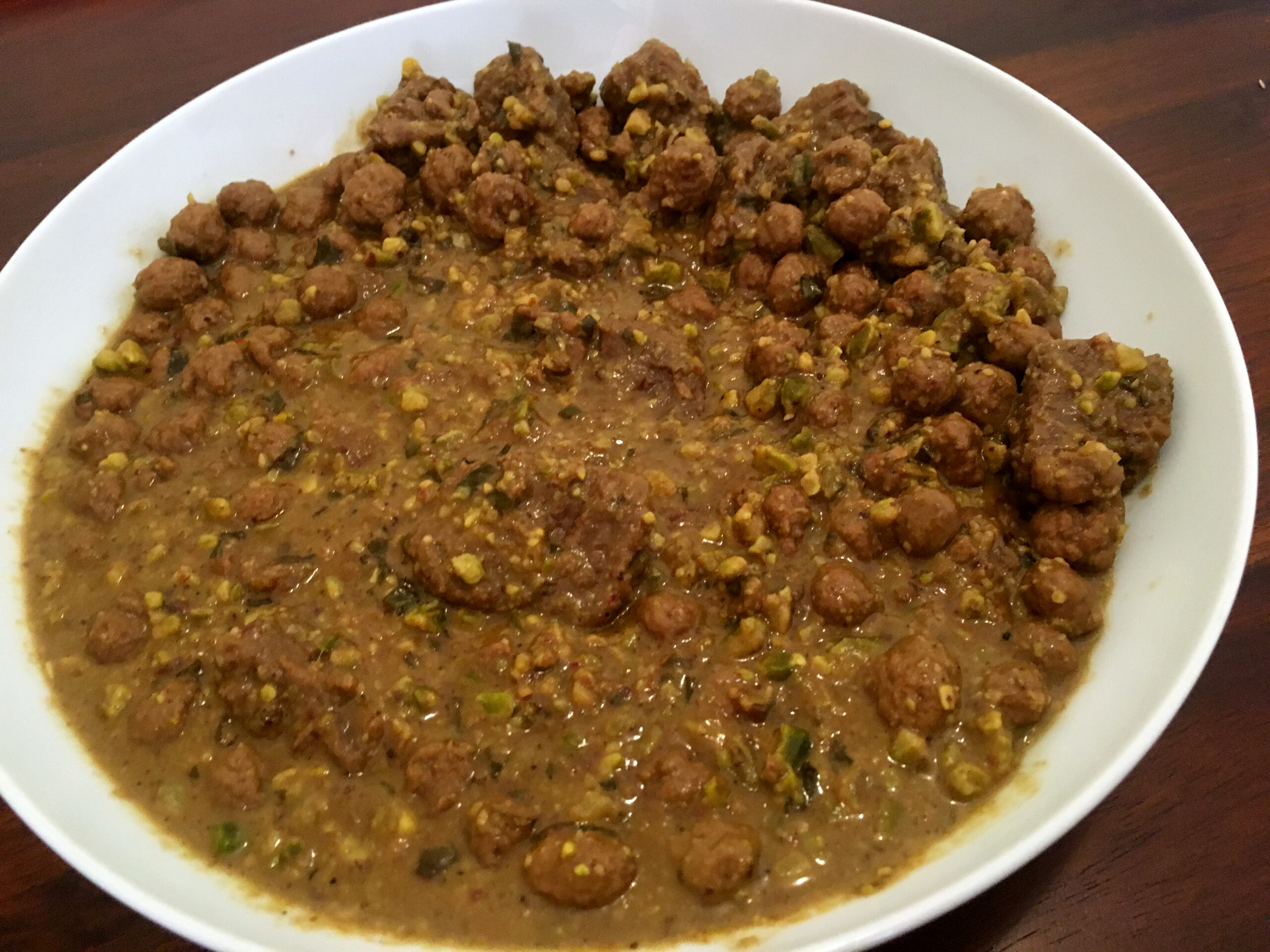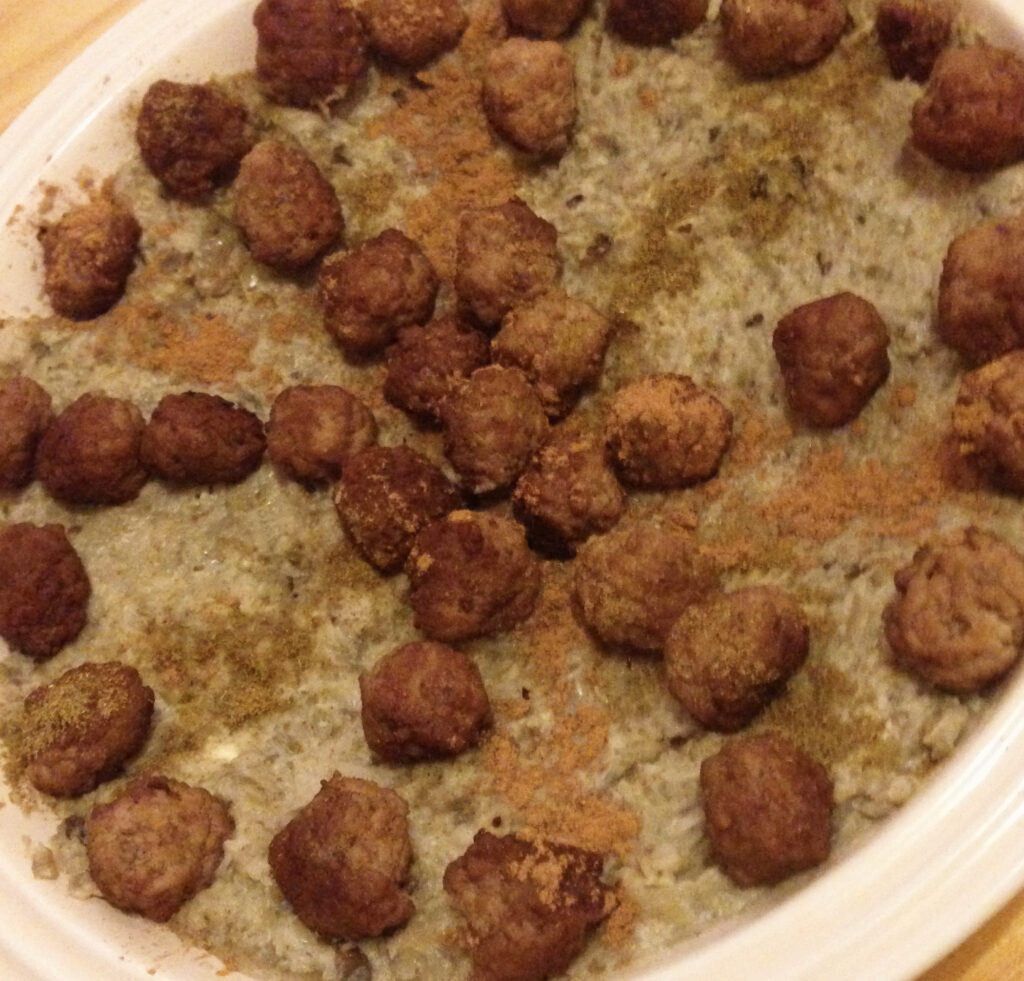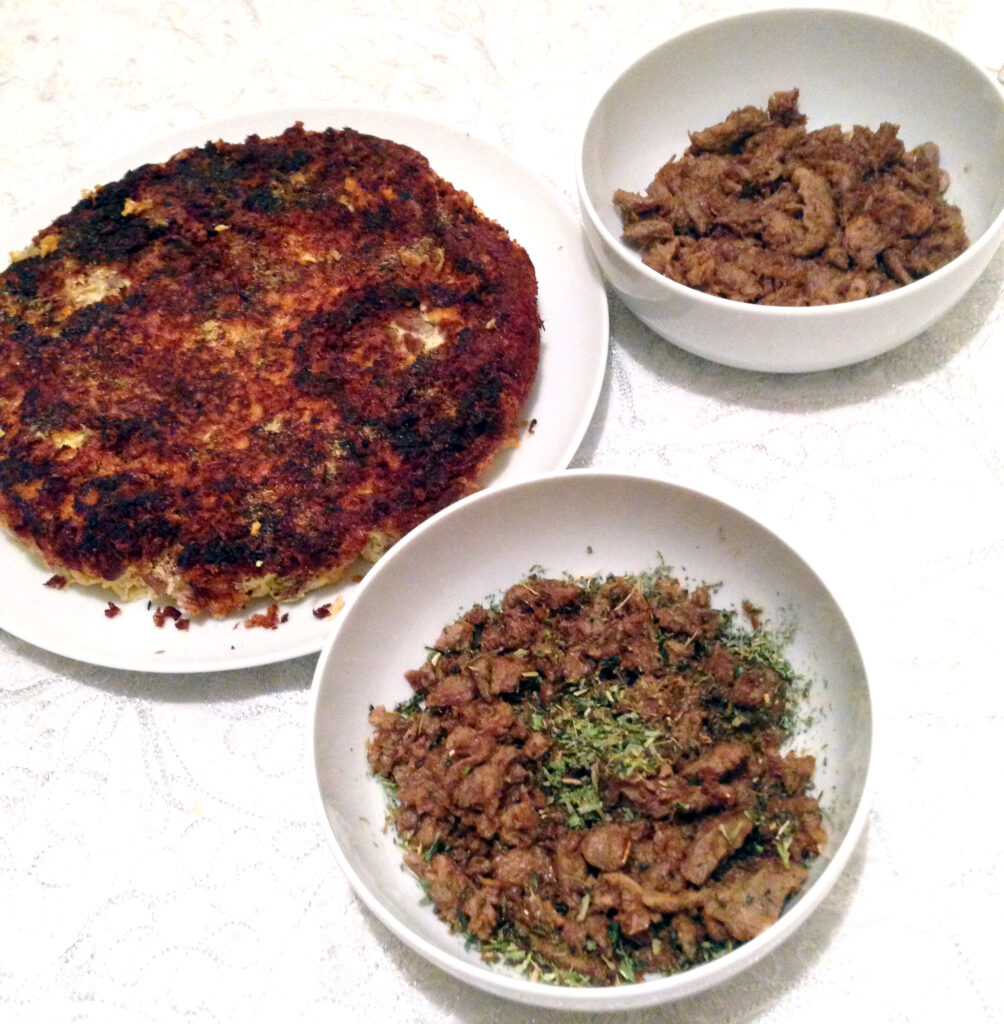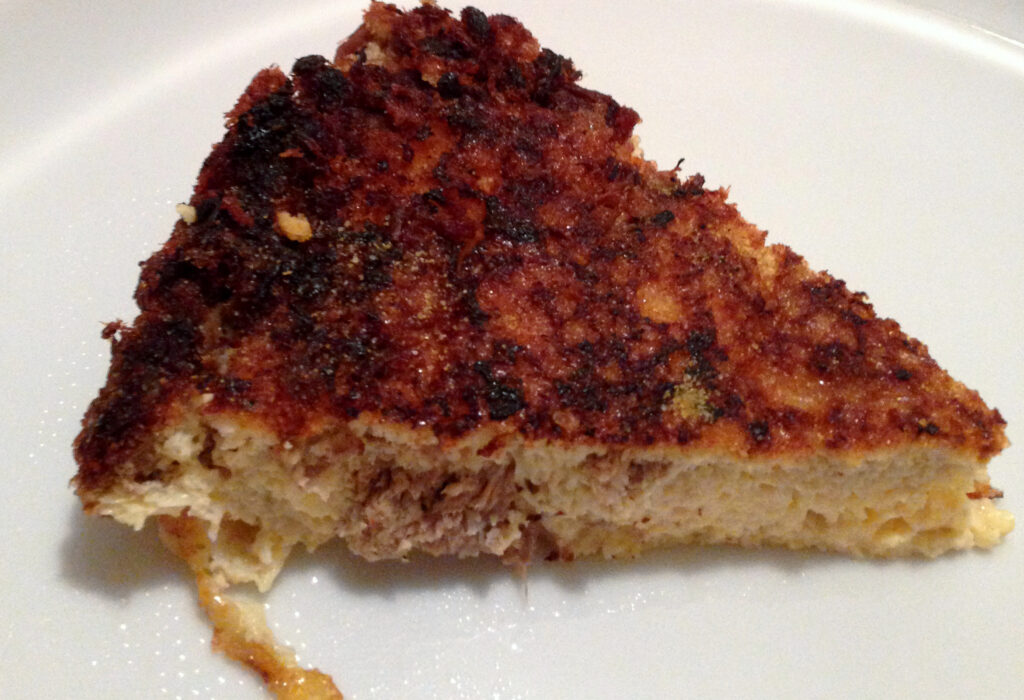As rhubarb is currently in season, what better way to celebrate this much-underused vegetable than by recreating a recipe for a rhubarb stew from The Sultan’s Feast? The instructions are rather minimal, as are the ingredients: meat, spices (what else?), onions, rhubarb juice, sweet almond conserve (murabbā) and mint. A wonderful dish with flavours that are in perfect harmony. What to eat with it? Well, that’s got to be some flatbread to soak up every last drop of the sauce.
